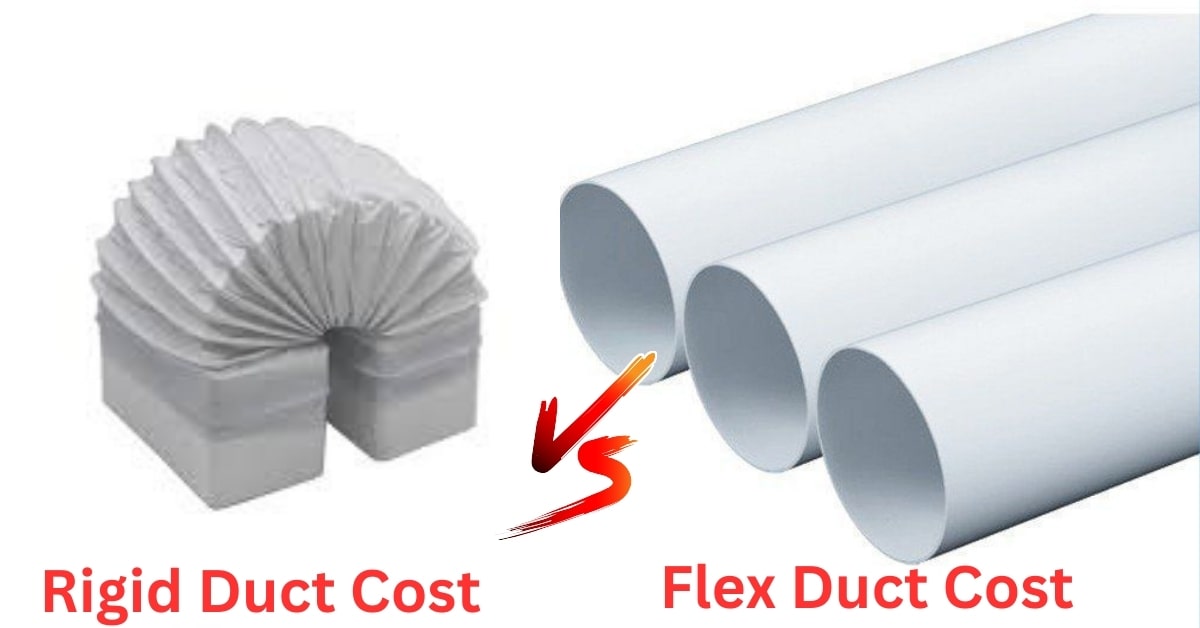When designing an HVAC (Heating, Ventilation, and Air Conditioning) system, one of the key decisions involves choosing between flexible ducts and rigid ducts. Both types have their unique advantages and disadvantages, making them suitable for different applications depending on the specific requirements of a building or system.
Advantages of Flexible Ducts:
-
Ease of Installation: Flexible ducts are highly appreciated for their ease of installation. They are made of a plastic inner core surrounded by a wire coil and often covered with insulation. This construction allows them to bend and twist easily, making them ideal for routing air through tight spaces or around obstacles. The flexibility reduces the need for multiple fittings, such as elbows and transitions, which can save time and reduce labor costs.
-
Cost-Effective: Flexible ducts are generally more affordable than rigid ducts. The lower material costs, combined with reduced labor for installation, make flexible ducts a cost-effective option for many residential and light commercial applications. They also require fewer connections and joints, which further reduces the overall installation cost.
-
Versatility: Flexible ducts are versatile and can be used in a variety of applications, including connecting supply air outlets to rigid duct systems, routing air through non-linear pathways, and in areas where space constraints prevent the use of rigid ducts. They are particularly useful in retrofitting older buildings where installing rigid ductwork might be challenging.
Disadvantages of Flexible Ducts:
-
Airflow Resistance: Despite their advantages, flexible ducts tend to offer higher airflow resistance compared to rigid ducts. The internal surface of flexible ducts is often not as smooth as that of rigid ducts, leading to increased friction and pressure loss as air moves through them. This can reduce the overall efficiency of the HVAC system and may require the use of more powerful fans to maintain the desired airflow.
-
Potential for Damage: Flexible ducts are more prone to damage than rigid ducts. Their lightweight construction makes them vulnerable to tears, punctures, and crushing, especially if not properly supported. Any damage to the duct can lead to air leakage, reducing the efficiency of the system and potentially causing uneven air distribution.
-
Durability Issues: Over time, flexible ducts may sag or become kinked, especially if they are not adequately supported during installation. This can lead to further reductions in airflow and increase the likelihood of damage. Additionally, the materials used in flexible ducts may degrade faster than those in rigid ducts, leading to a shorter lifespan and potentially higher maintenance costs.
Advantages of Rigid Ducts:
-
Efficient Airflow: Rigid ducts, typically made of galvanized steel, aluminum, or fiberglass, have smooth internal surfaces that facilitate efficient airflow with minimal friction and pressure loss. This efficiency helps maintain consistent air distribution throughout the HVAC system, improving overall performance and energy efficiency.
-
Durability: Rigid ducts are more durable and less susceptible to damage than flexible ducts. Their solid construction resists crushing, punctures, and tears, making them a long-lasting option for HVAC systems. Properly installed rigid ducts can last for decades with minimal maintenance.
-
Better Air Quality: Because rigid ducts have fewer joints and are less likely to sag, they are less prone to accumulating dust, debris, and moisture. This can contribute to better indoor air quality, as there is a reduced risk of contaminants being circulated through the HVAC system.
Disadvantages of Rigid Ducts:
-
Installation Complexity: The installation of rigid ducts is generally more complex and labor-intensive compared to flexible ducts. Rigid ducts require precise measurements, cutting, and the use of various fittings to accommodate changes in direction or elevation. This complexity can increase both the time and cost of installation.
-
Space Requirements: Rigid ducts are less adaptable to tight spaces or irregular building layouts. Their inflexibility means they require more room and may not be suitable for areas with limited space or where the ductwork needs to navigate around obstacles.
-
Higher Initial Cost: The materials used in rigid ducts, particularly metals like galvanized steel and aluminum, are more expensive than those used in flexible ducts. This, combined with the higher installation costs, makes rigid ducts a more significant upfront investment.
Place your online order: https://www.ductingsuppliesuk.com/shop-online
Conclusion:
The choice between flexible and rigid ducts depends on the specific needs of the HVAC system and the constraints of the building. Flexible ducts offer ease of installation and cost savings but may compromise on airflow efficiency and durability. Rigid ducts provide better airflow and durability but come with higher installation costs and space requirements. Understanding these trade-offs is essential for making an informed decision that balances performance, cost, and practicality in any HVAC project.




